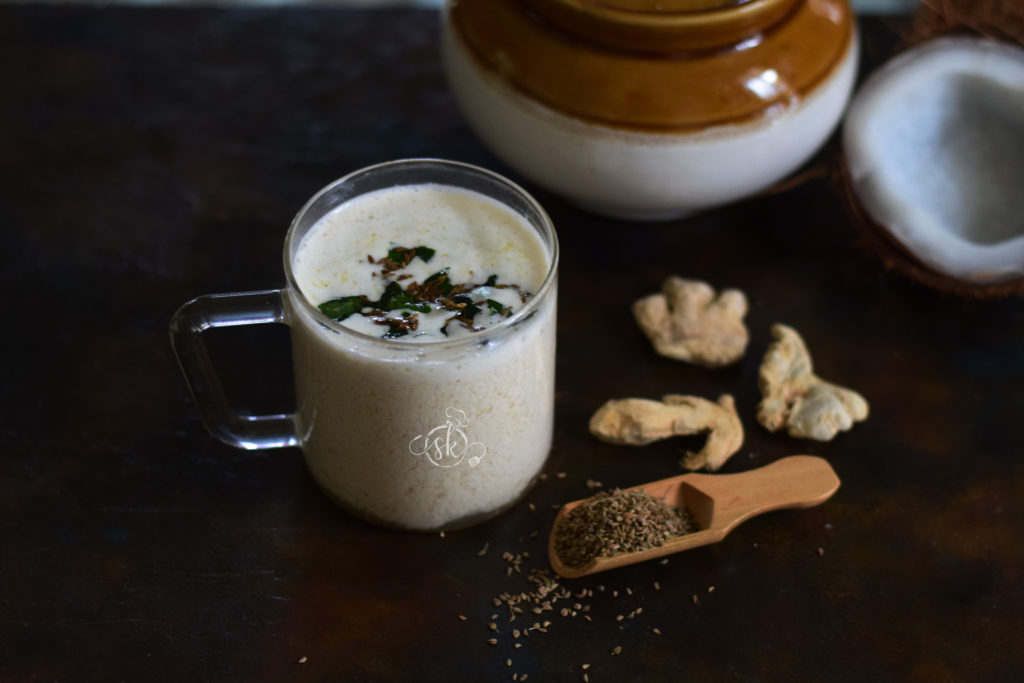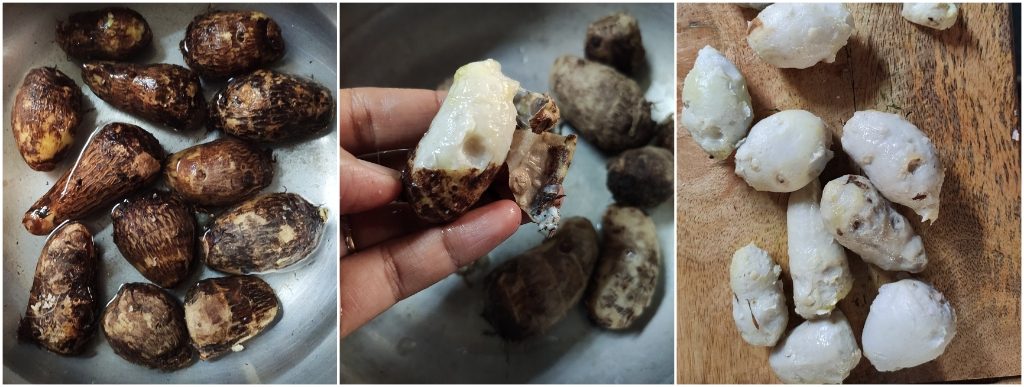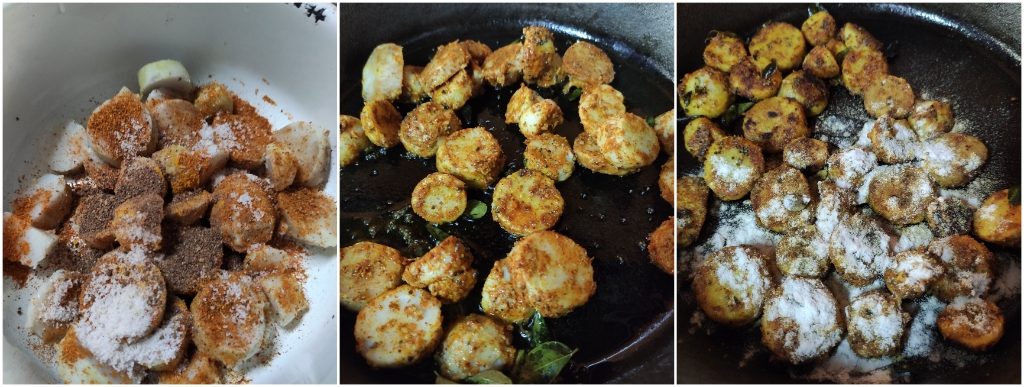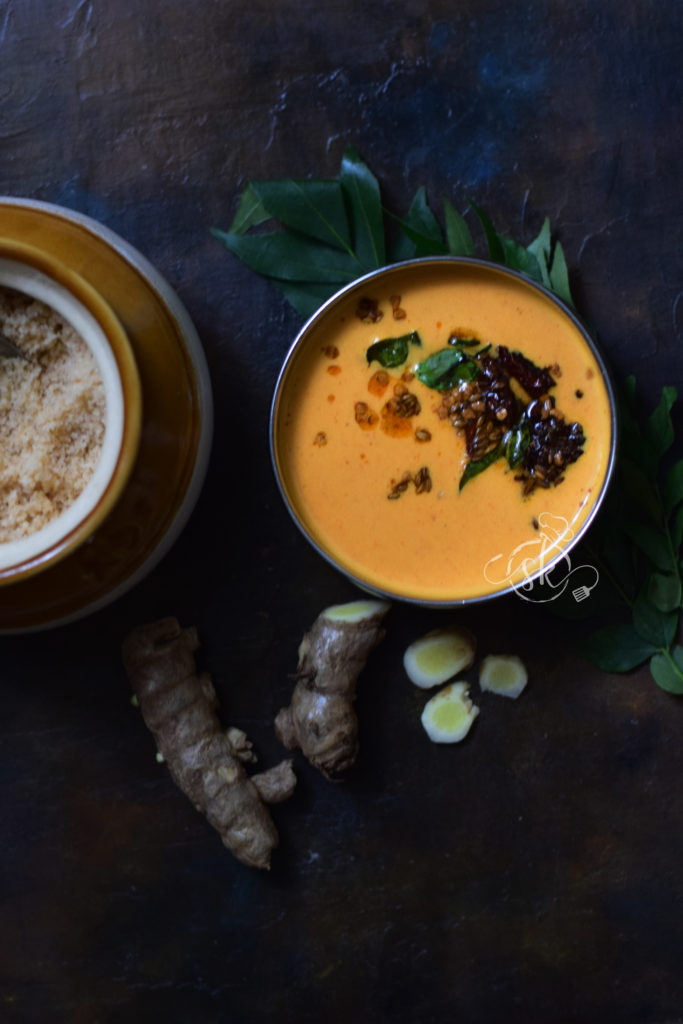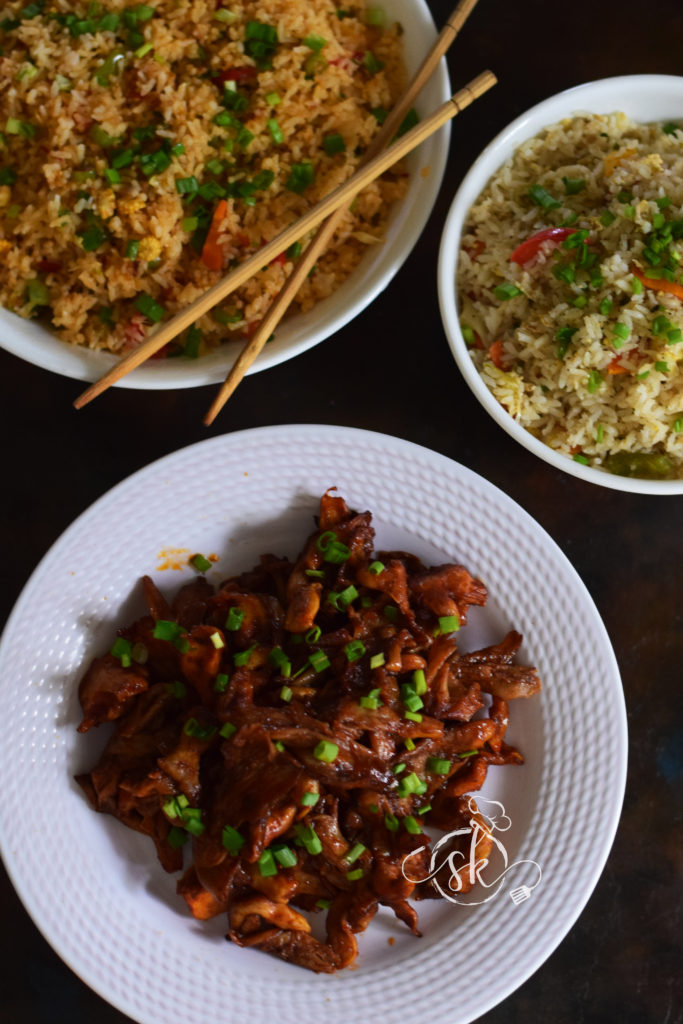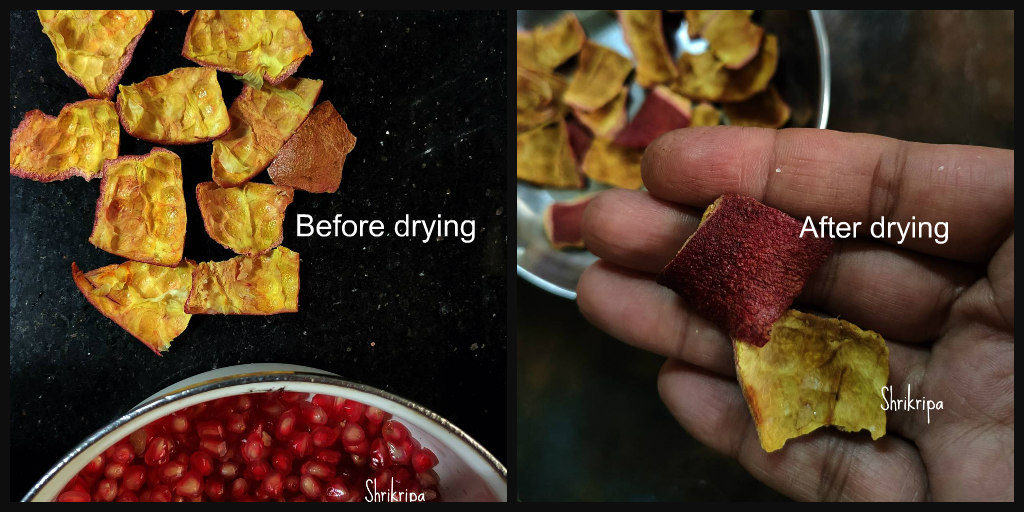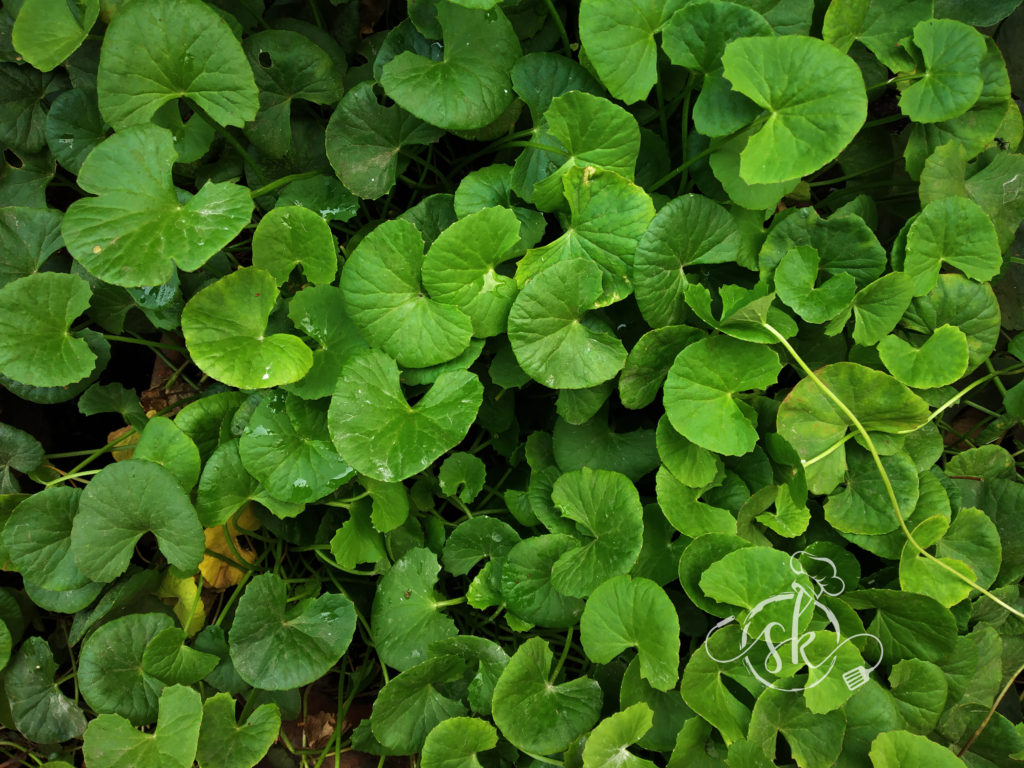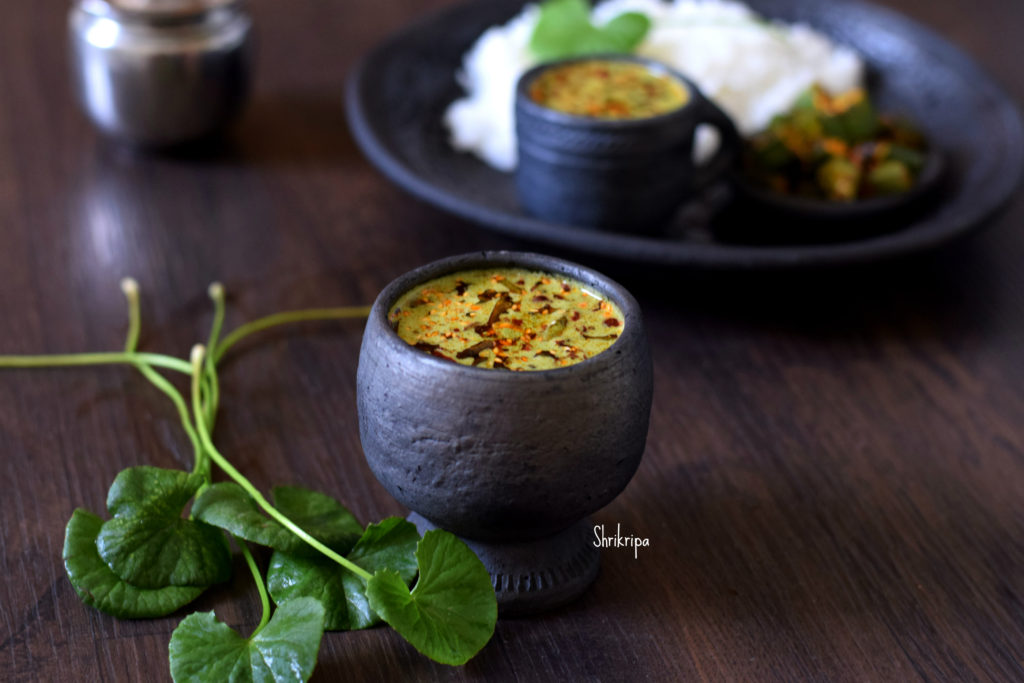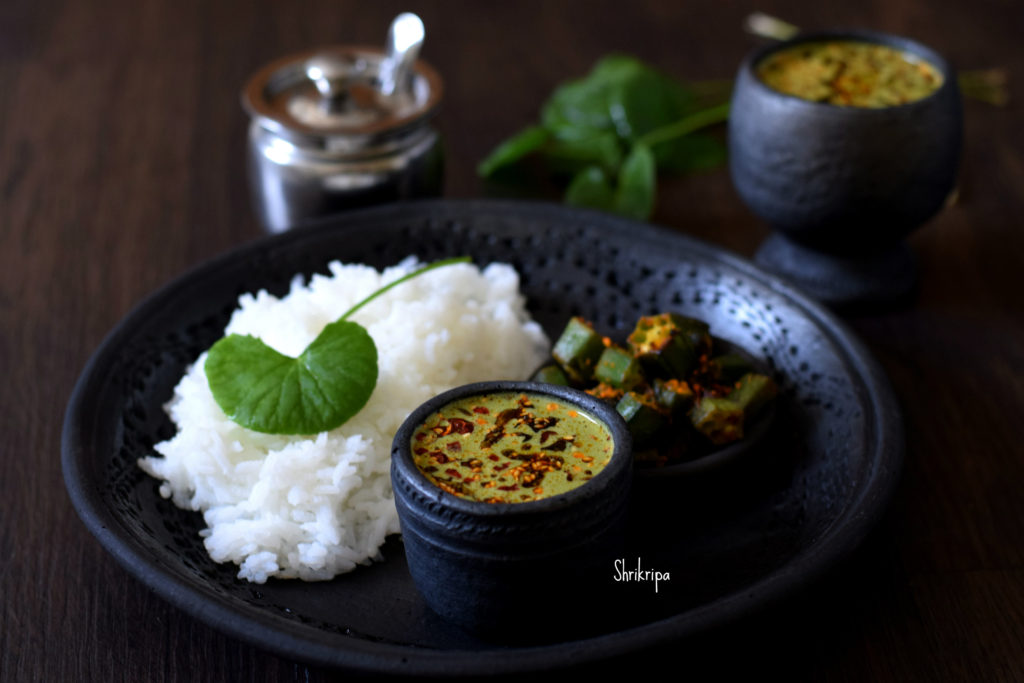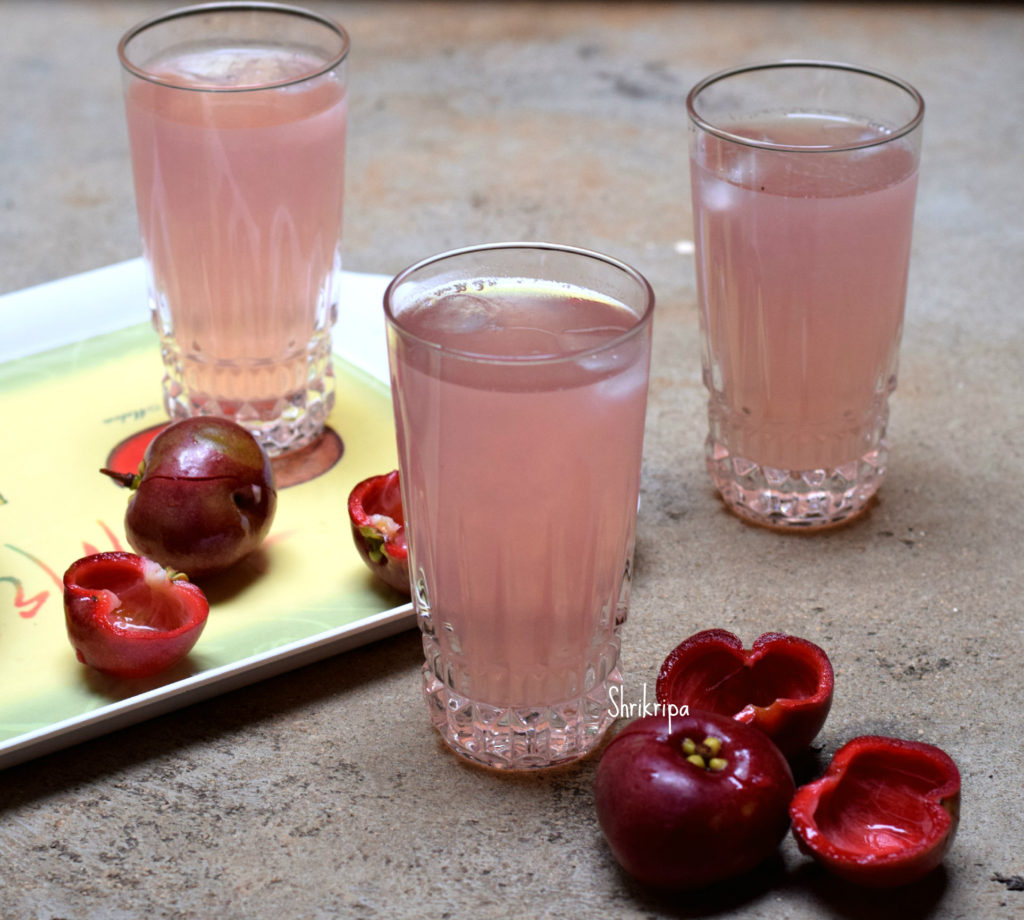Should I say, Momo’s are everyone’s favourite or teenager’s favourite 😉 .
If you have teens at your house, you can relate to me 😀 . Yes, it is the easiest, cheapest and tummy filling, in their language, it is healthy too 😉 . My daughters were missing their friend group as well as their usual outing to eat Momos with 3 dipping sauces 😀 I had the recipe of Momo as well as an easy chutney recipe ,which I had noted down during our Gangtok trip from a couple of local people there.
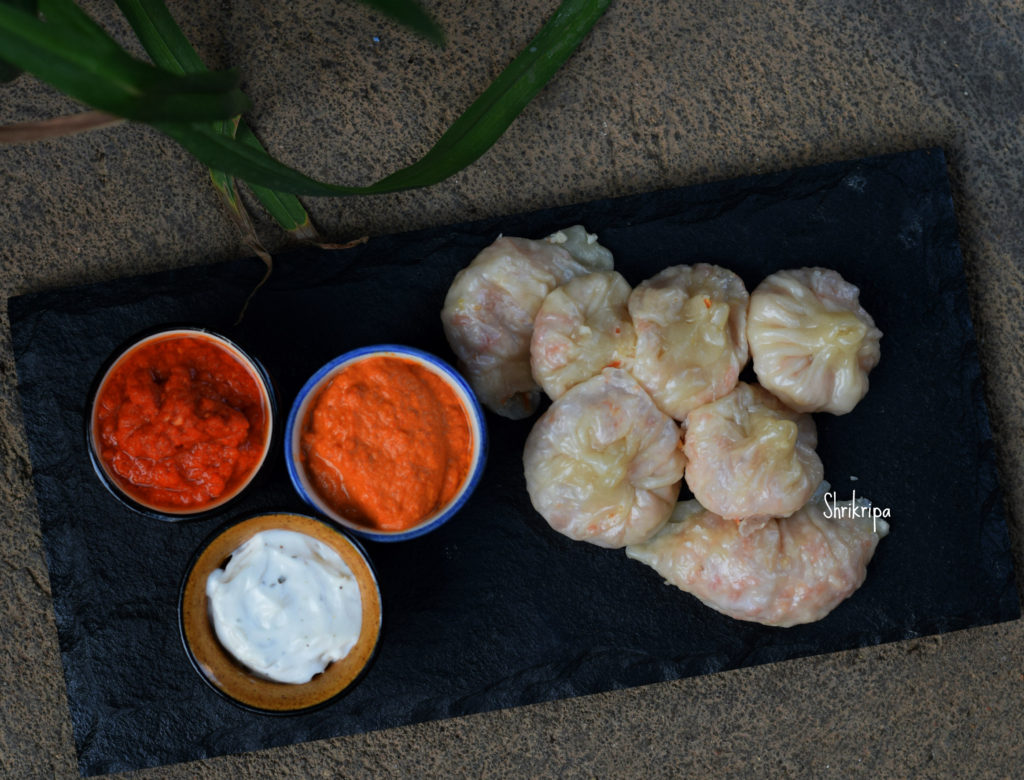
Tried my hand at an elaborate procedure and felt happy to see a happy face as well.
You can prepare chutney in the beginning and keep it ready, before making momos.
For Momo: It gives around 15 momos
At First: Outer covering/Dough:
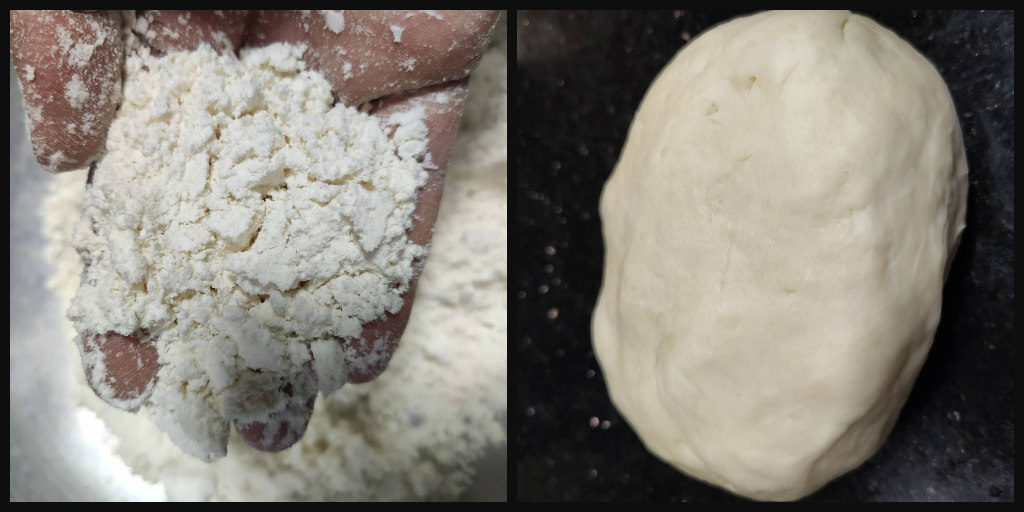
Ingredients:
All-purpose flour – 1 cup
Salt
Oil – 2 sp
Water – to bind.
Method:
-Take a flour, add salt, oil. Rub for a while and make a pliable dough. Cover with a wet towel and keep it for rest, while preparing stuffing.
Second: Inner stuffing:

Ingredients:
Cabbage – 1 cup (grated)
Carrot – ½ to 1 cup (grated)
Onion – 1 (chopped)
Ginger – 1 tsp (grated)
Salt
Method:
-Mix everything, keep aside for 5 minutes. Drain all the water, which oozes out by holding/ placing in your palm , folding, and squeezing properly.
-Drain the liquid and keep it ready.
Final step: Folding and steaming
-Take ready dough, take a small portion , make a ball, apply little oil to flat surface as well as to wooden roller.
-Prepare a small disc by rolling, place a little filling at the centre. You can then either close it by folding like how I did . (Lift one side make pleats and fold to the other half and seal the edges OR gather all around and close it at the centre top like a cone.)

-Prepared Momos should be under wet towels to avoid any dehydration.
-After making some , you can start to steam, by placing it in an idli /Momo steamer. Line the steamer either by spreading banana leaf, parchment paper/ butter paper or by oiling.

-Steam for 10 minutes and serve with any kind of chutney or sauce.
Now we would see how to make,
Hot chilli Chutney and Peanut Chutney to go with steamed momos:
It is sort of a one by two preparation. At first, we are going to make chilli chutney, divide into half and add roasted peanut to one half, grind and make really tasty additional dish.

For Chilli Chutney:
Tomatoes – 4
Red Byadagi chilli – 4 to 5
Garlic cloves – 5 to 6
Roasted sesame seeds – 2 tablespoons
Salt
Method:
-Take a half cup of water, boil and add red chilli, halved tomato, and boil for 2 more minutes.
-Remove outer skin from the tomato , cool.
-Take a mixer jar, powdered sesame, add peeled tomato, cooled red chilli with water, salt and grind smooth.
-It is our Hot Chilli chutney.
For Peanut Chutney:
Roast fistful of peanuts, cool and powder it. Add half the quantity of chilli chutney , little salt, and grind into paste. Voila!!! Your two sides are ready to indulge .
If you like Mayonnaise ,fill the third cup and indulge 😊
Note:
Don’t discard the vegetable water, which can be used while kneading the dough for any kind of roti’s.
If you want to serve these momo’s to any kind of parties, prepare before hand, keep inside the fridge /freeze, steam on that day, before serving.
